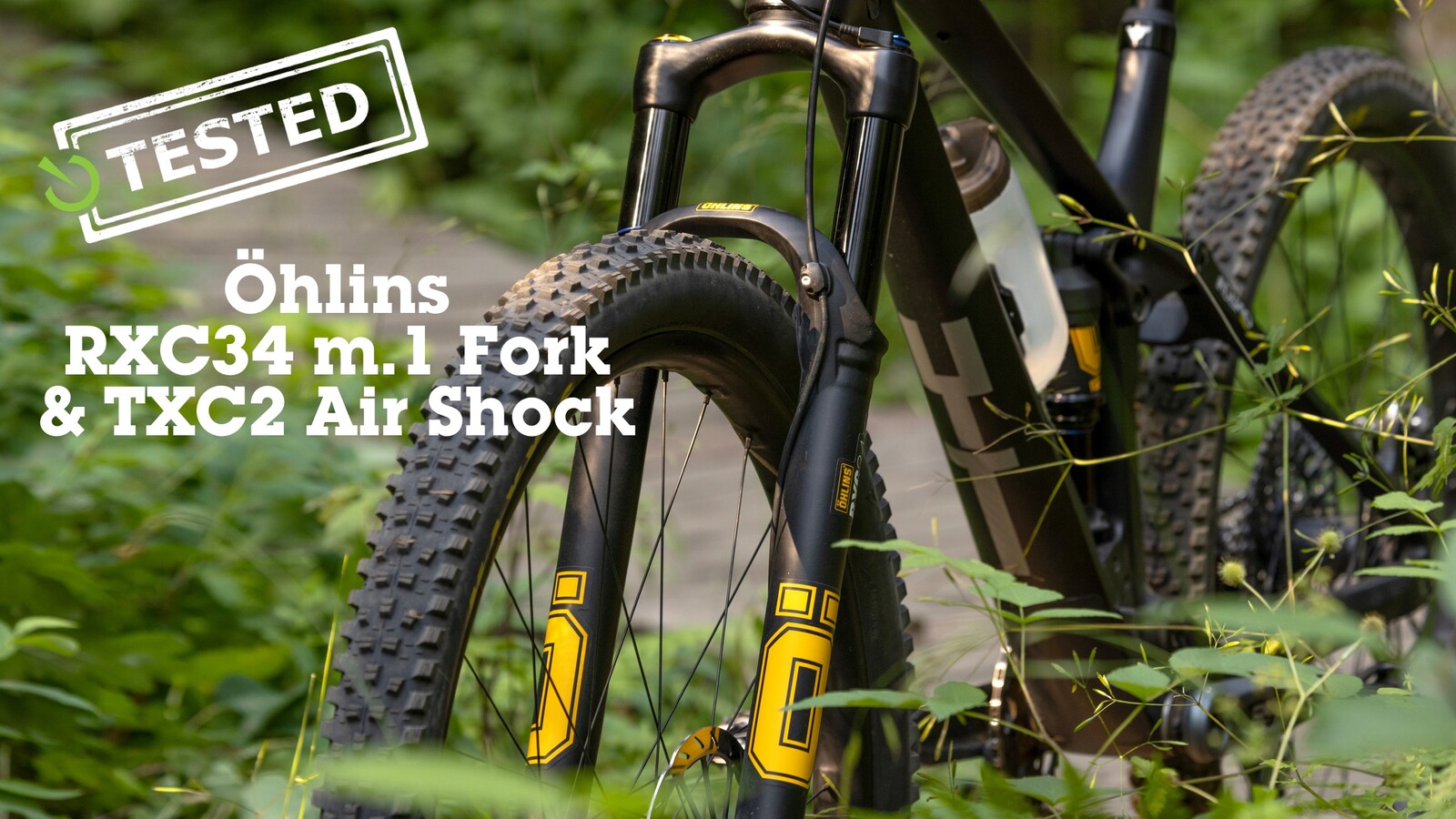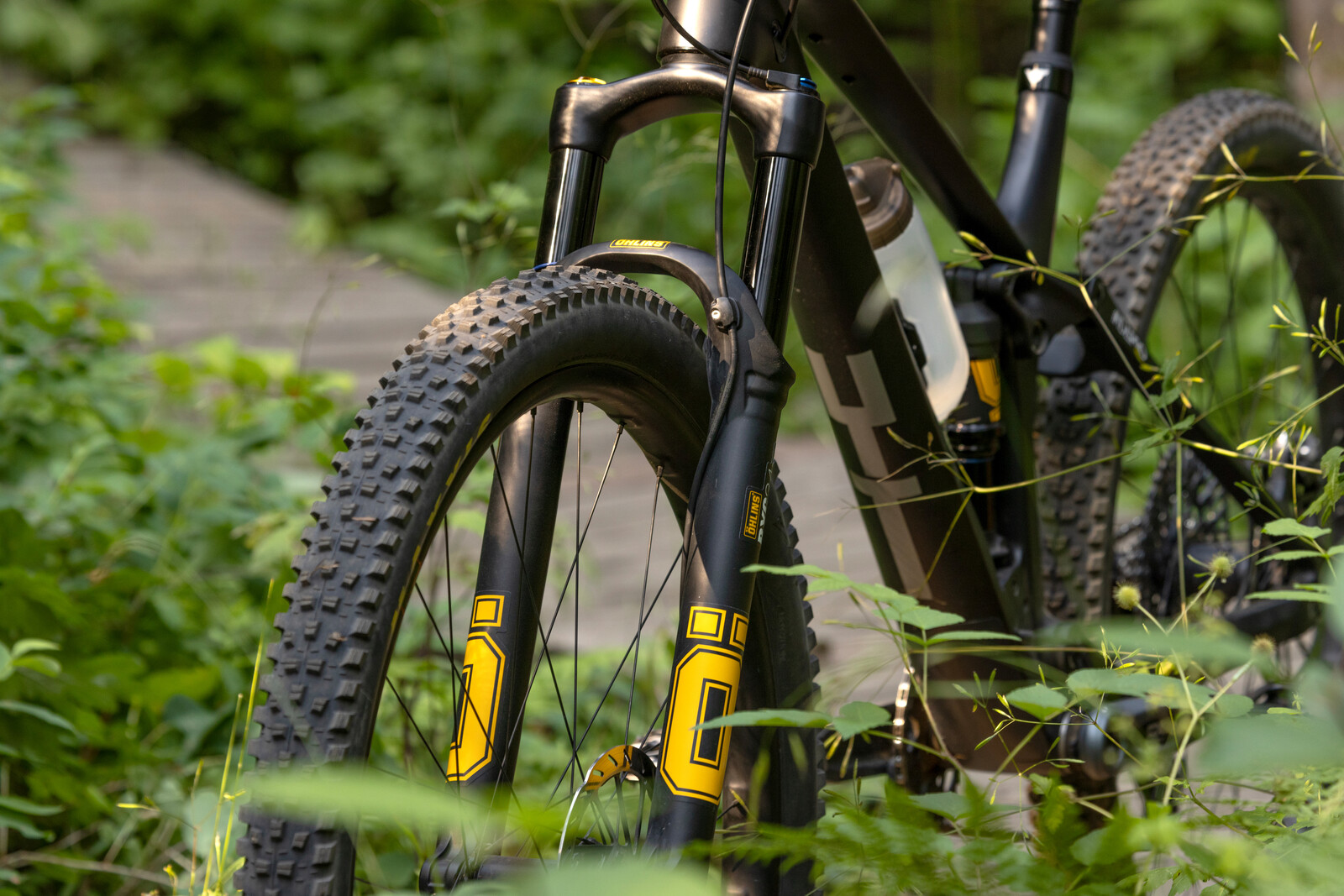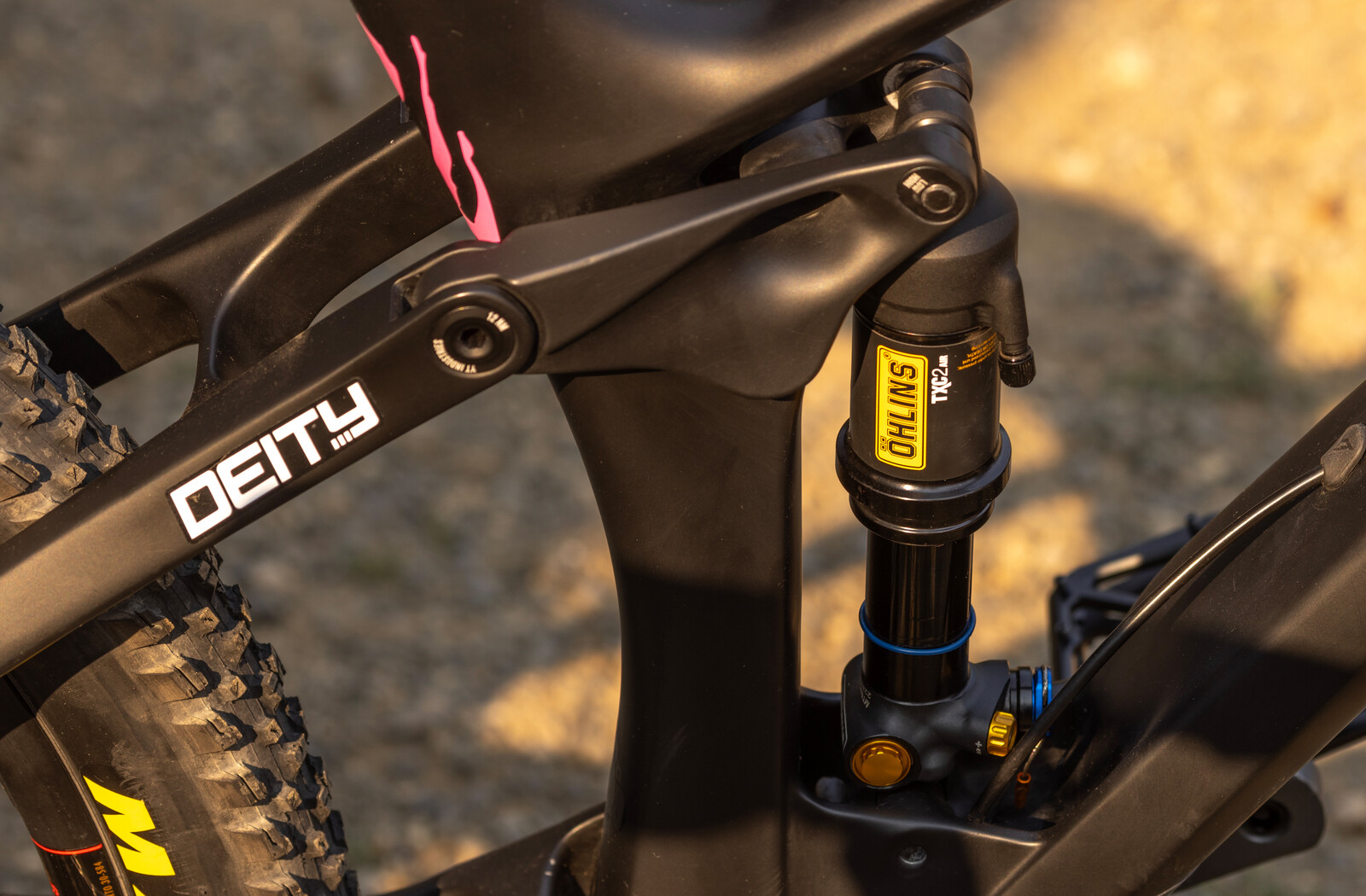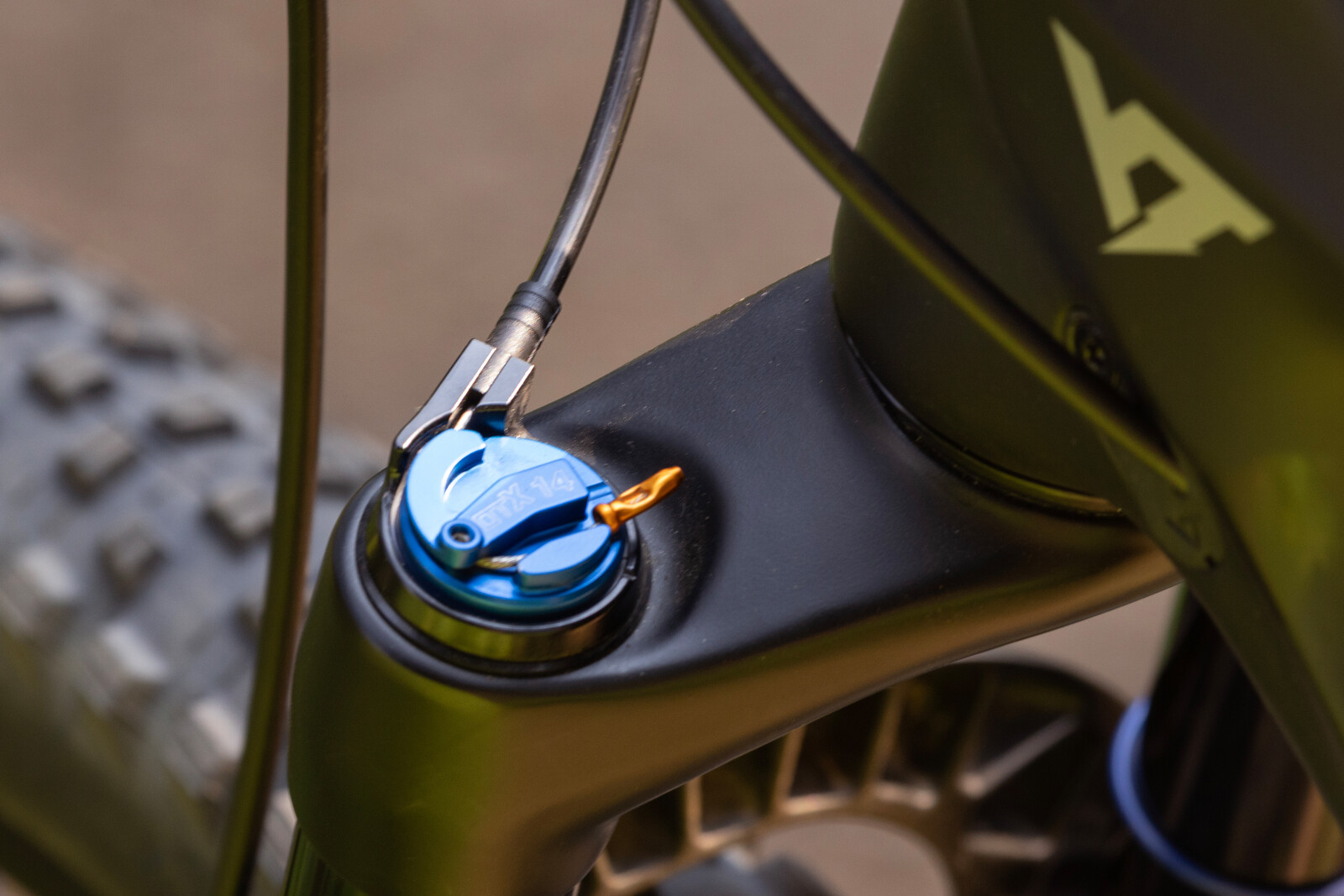After successfully growing their mountain bike product range for 10 years or so, Öhlins decided to jump into the XC market in 2023. We traveled to Sweden to test the new range, and we came away suitably impressed, but there is only so much you can learn in a day of riding at a press camp. To dig a little deeper, we've spent a summer riding the RXC34 m.1 and TXC2Air – keep reading to find out how it's been going.
Öhlins RXC34 m.1 Fork Highlights | Öhlins TXC1Air / TXC2Air Shock Highlights |
|
|
Strengths | Weaknesses |
|
|
To get all the nitty-gritty details about the RXC34 fork and TXC1Air/TXC2Air shock, please read our thorough first-look article. There, you'll find out how Öhlins approached designing its first XC product line, as well as a detailed breakdown of the shock and fork construction. But what's important to note is that the RXC34 and TXC2Air were methodically developed for modern, lower-slacker-capable XC bikes. So they might be small and light, but they're intended to punch above what you'd expect from a piggyback-less shock and a 34mm stanchioned fork.
Öhlins sent us a 120mm RXC34 m.1 carbon steerer fork and the TXC2Air shock. The carbon steerer saves about 100 grams but adds $200 to the price tag. We tested with Öhlins remote handlebar-mounted lever that toggles between three ride modes. The TXC2Air shock comes in four eye-to-eye sizes: 190mm or 210mm for non-trunnion mounting and 165mm or 185mm for trunnion designs. All options include the possibility to adjust the stroke with the spacers provided in the box.
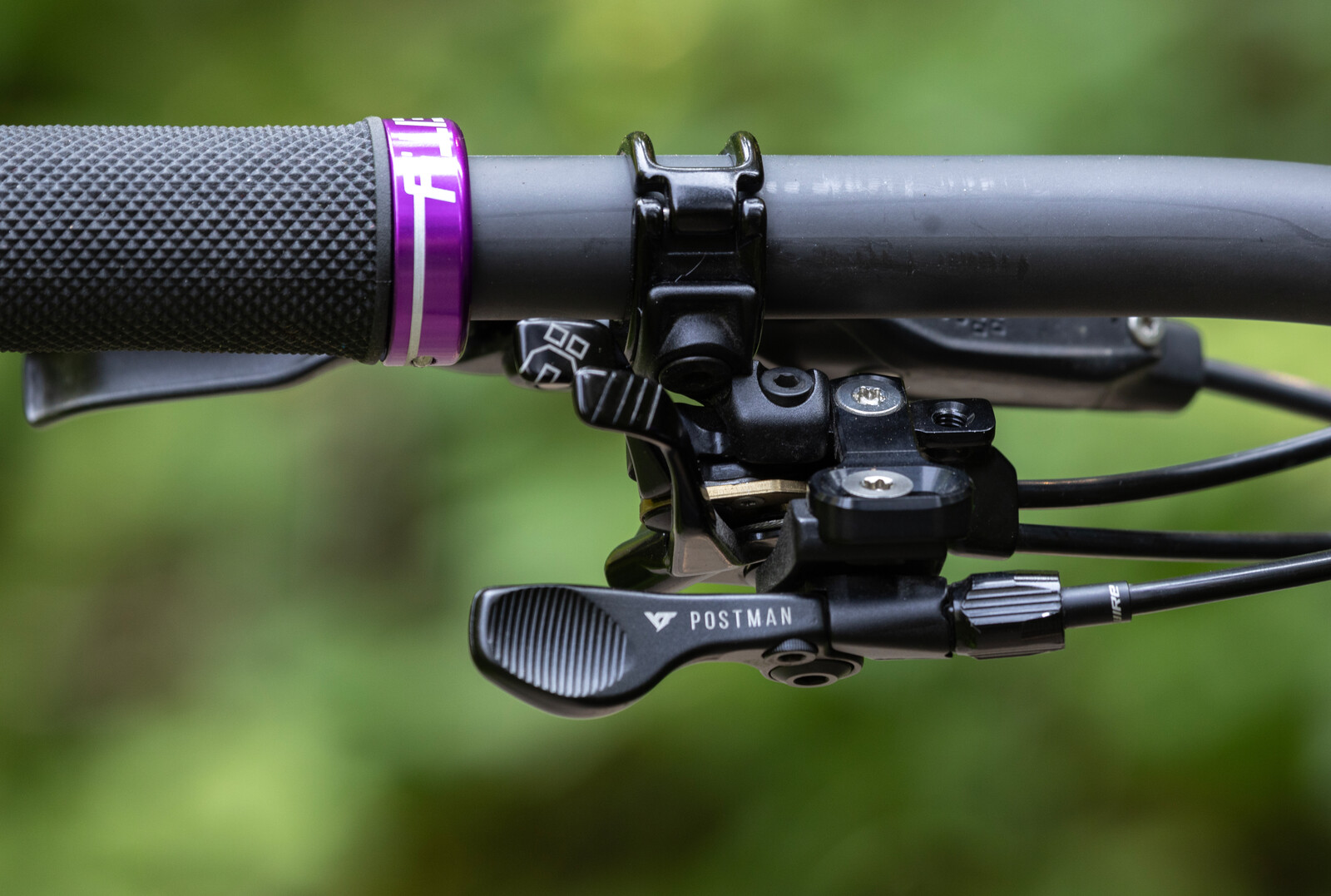
Setup and Initial Impressions
Like all products from Öhlins, the build quality of both products was exceptional, especially considering its featherweight. Setup was straightforward and no different from installing any other shock or fork. The hardest part was installing the cable and housing to get the remote set up correctly. However, most of the fuss was due to the routing design of our YT Izzo.
Another point to note is that the shock has a clearance issue when in the low setting, but fits fine in the high setting on the Izzo. Funny enough, the bigger Öhlins TTX2Air shock will actually fit the bike in both settings because it has the whole piggyback assembly on one side as opposed to the TXC2Air, where the hydraulic housing protrudes on both sides.

Here are our settings for our 180-pound test rider:
| Fork | Shock |
Pressure: 90psi Rebound: 10 clicks from closed | Pressure: 190psi Rebound: 6 clicks from closed |
On The Trail
All testing took place outside Boise in southern Idaho, with a few trips up north to McCall to get our tires on some better dirt. The Öhlins RXC34 and TXC2Air were perfect for the type of riding readily available in southern Idaho: long, sustained climbs with descents that end all too quickly, making you wonder if climbing for an hour was worth the descent. Conditions were fast and loose, with just enough technical features to test the suspension's limit.
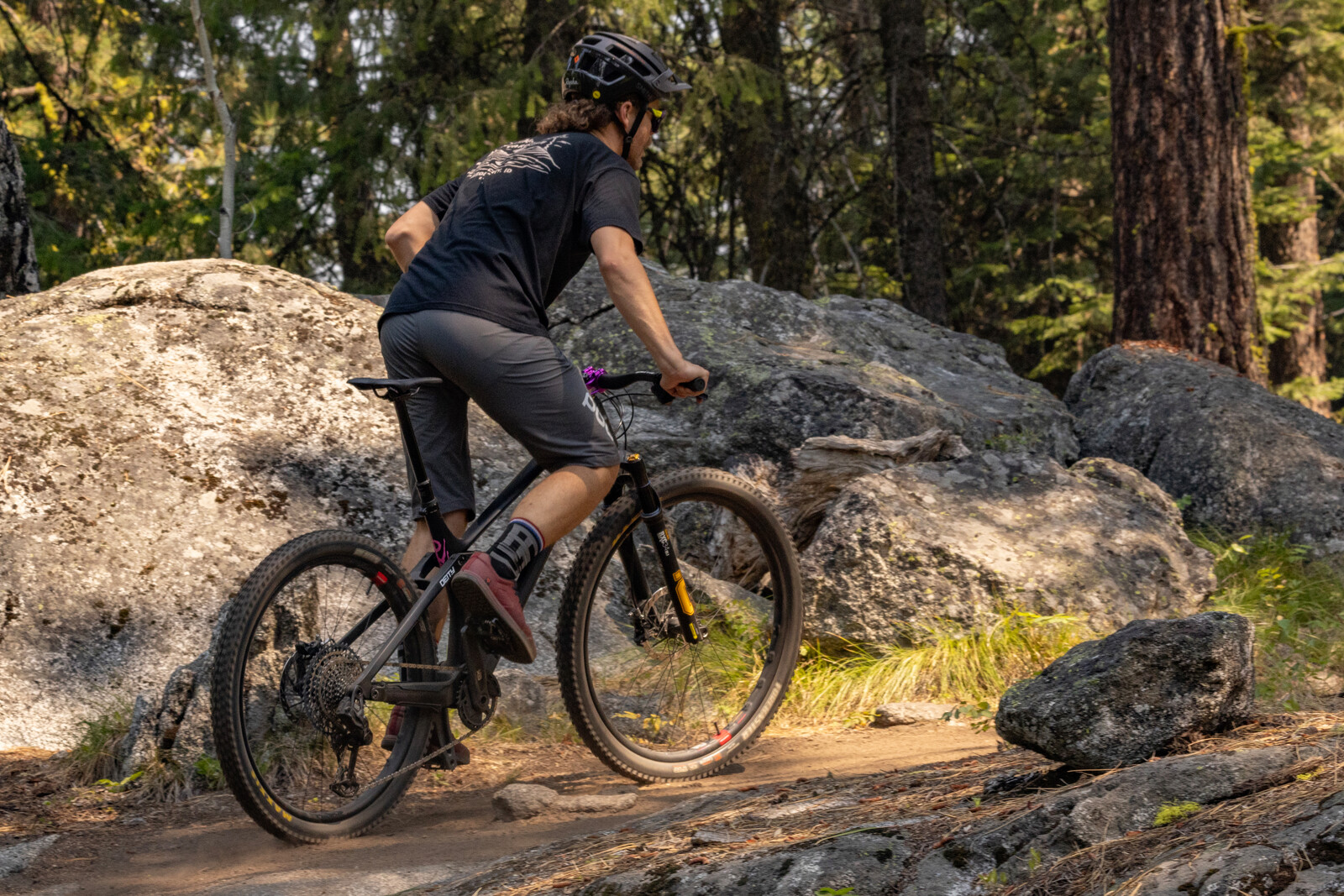
Descending Performance
Descents aboard the Öhlins setup were easily tamed, with very few issues. On a wide variety of terrain, the suspension handled everything exceptionally well. Small bump sensitivity was excellent, and the on-the-fly remote-activated compression control provided a smooth transition in suspension feel when changing from steep to flatter, more pedal-heavy sections.
The middle of the three settings (Pedal) made the suspension feel firmer and more responsive to rider input, leading to better efficiency and speed generation. Our tester has rarely endorsed suspension with remote controls before but found that it enhanced the overall ride experience, especially given how easy it was to switch between settings during any given descent.
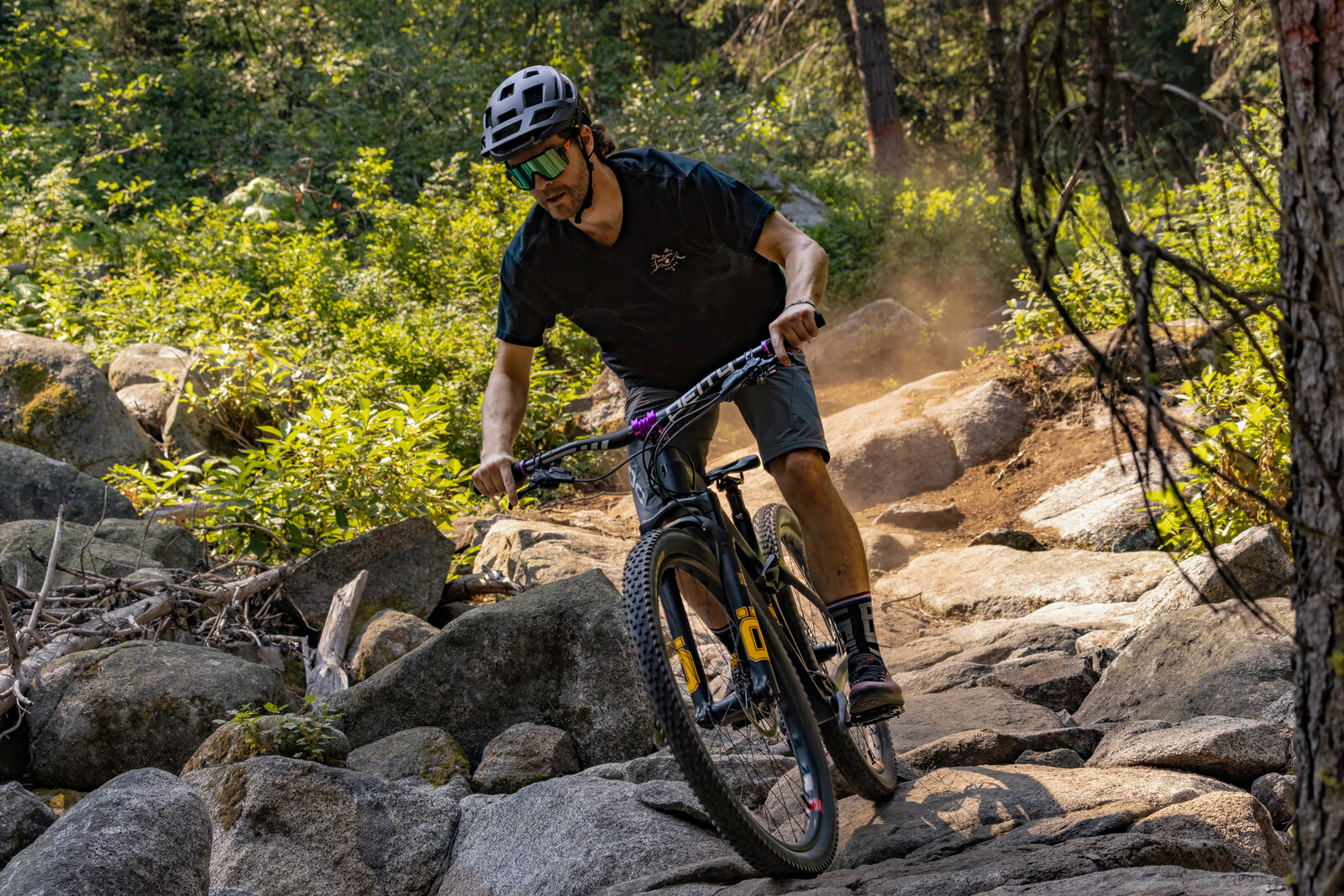
For the sake of science, we piloted our Izzo down a few of Boise's shuttle-friendly trails to see what this lightweight suspension package could handle. While it successfully tamed everything Southern Idaho could offer, it is a lightweight race setup, and on long descents, the rear shock heated up significantly and felt slightly undergunned. Additionally, the seals on the shock didn't seem to like the handful of shuttle rides we did, with a bit of grease and fluid leaking out by the end of the day. This happened just once and didn't seem to affect performance during subsequent rides. However, it does indicate potential long-term issues if you prefer riding chunky, steep terrain with a bigger, burlier compressions. That said, this suspension was not designed with that riding style in mind, so we were not overly surprised when it happened. The RXC34 fork was a very different story. It felt as if it could handle anything we could throw at it, even with a 10mm drop in travel from the stock 130 Pike Ultimate that came on our Izzo. The 10mm loss of travel went unnoticed due to the right combination of mid-stroke support and bottom-out resistance. The stiff carbon steerer/crown and an active yet supportive air spring kept things tight and controlled, inspiring big confidence with minimal fatigue.
Climbing Performance
The weight savings offered by the fork and shock made our bike feel lively, adding to the overall climbing experience. In the open compression position, climbing efficiency is solid and complements everything from casual to moderate efforts. The middle Pedal position proved more useful in faster, flowy sections for maintaining speed. It also offered good traction up technical, loose sections.
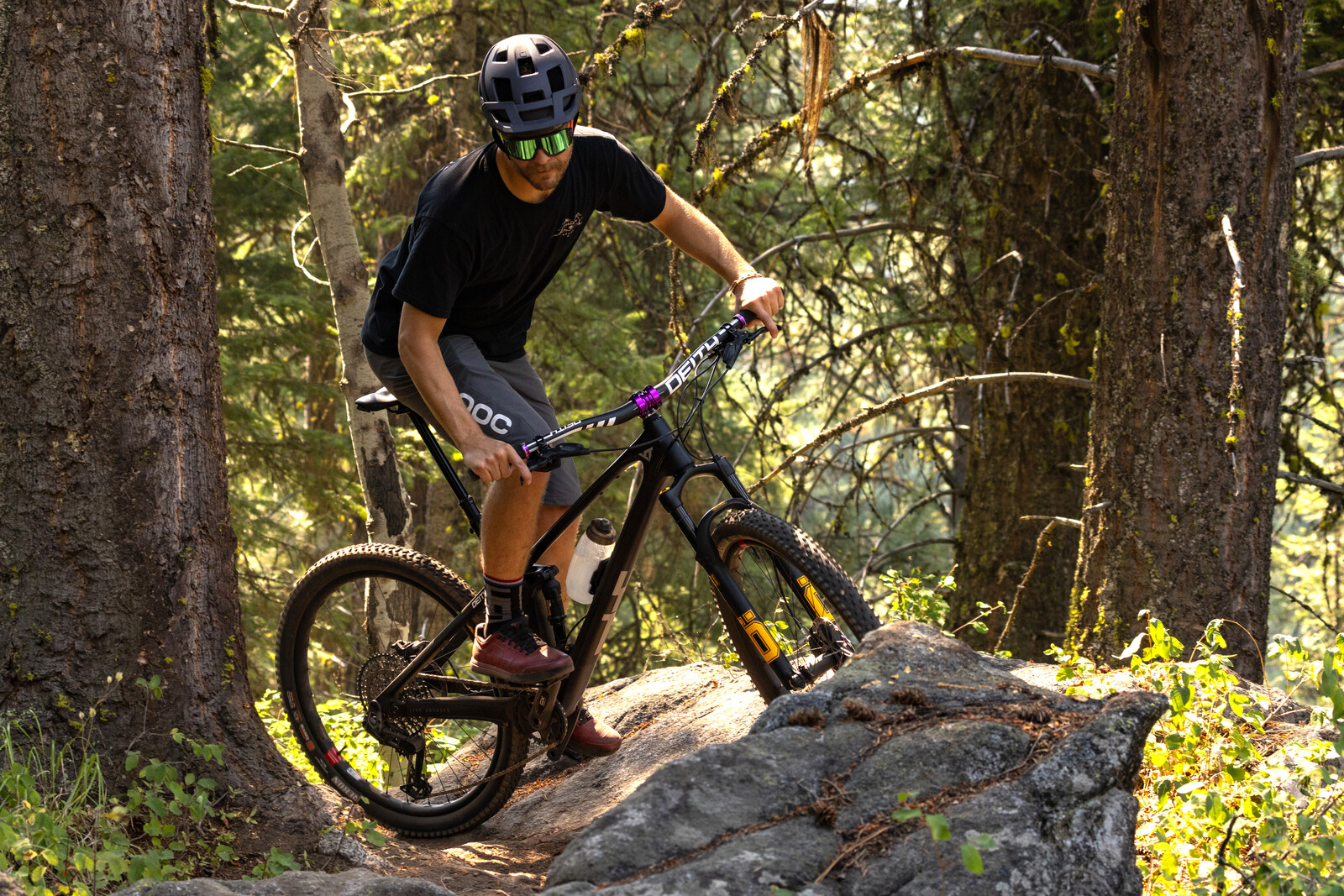
We spent most of our time pedaling in the Open or Pedal position as we switched between seated and standing. The suspension was firm enough in Open and kept us brisking along at a fast pace, so we reserved pedal mode for moments when we were standing and sprinting. The Lock position was, as expected, stiff and nearly movement-free. This made it best kept for finish-line-style sprints back to the truck to prove to our friends that we were, in fact, faster than them.
Long Term Durability
After a full summer of use, neither the fork or shock are showing signs of premature wear. The only cause for concern was the shock weeping some oil after a day spent shuttling aggressive trails. However, this was an isolated event that occurred outside the intended use of the TXC2Air shock. We double-checked the seals afterward, and everything was fine, so unless you plan to ride aggressive descents daily, there should be no problems.
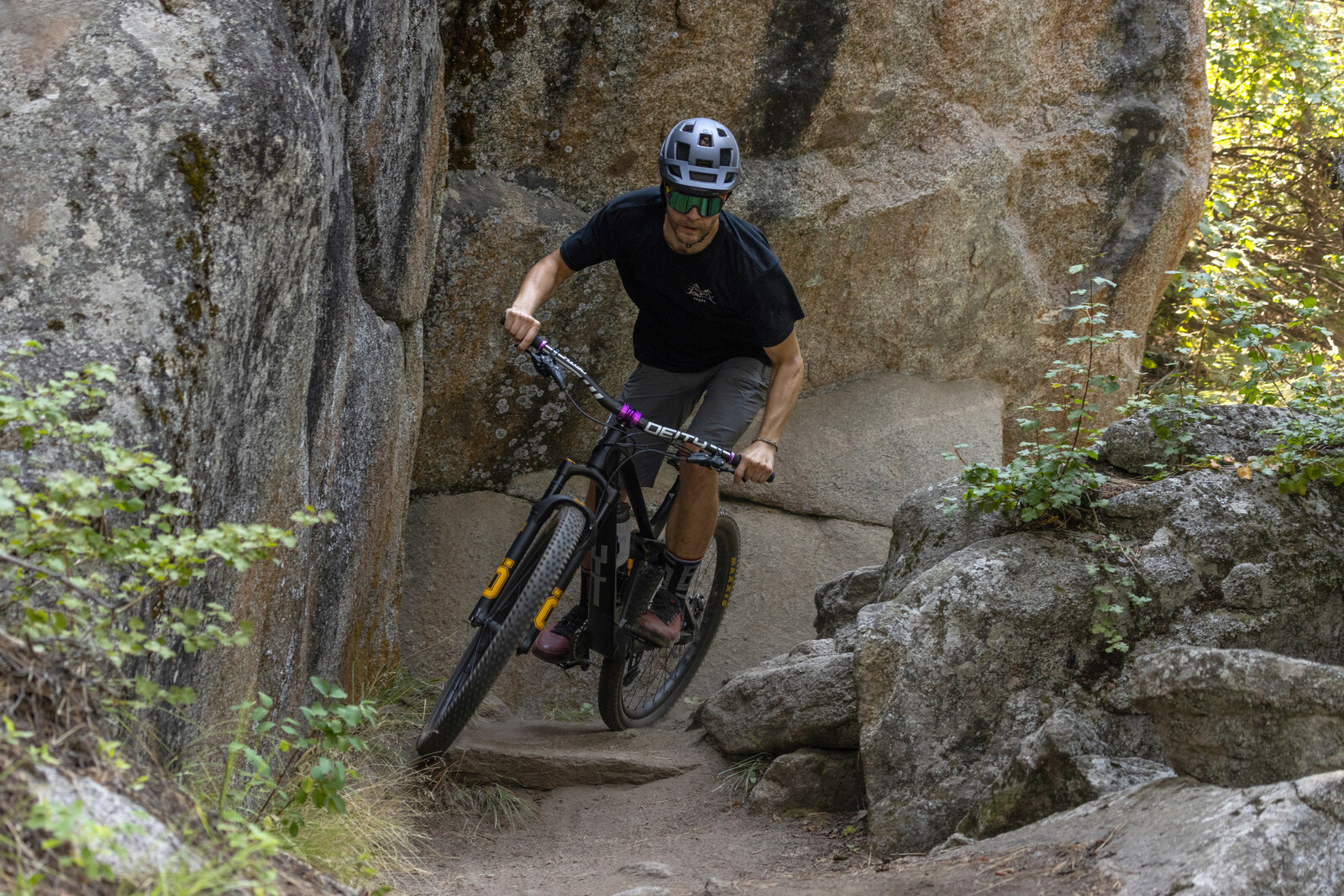
What's The Bottom Line?
Öhlins has done well with its lineup over the past few years, and riders can choose with confidence, knowing any option will satisfy their needs. The RXC34 m.1 is a fantastic fork for XC racing and down-country riding, and the TXC2Air shock performs admirably well, too, even if you throw it into the deep end from time to time. For those prioritizing speed, efficiency, and weight, Öhlin's has given you products that deliver on all fronts without compromise.
For more information, please visit ohlins.com
View key specs, compare products, and review Öhlins forks and shocks in the Vital MTB Product section.
About The Reviewer
Wyatt Lisk – Age 31 // Years Riding MTB: 13 // Height 6'1" (1.87m) // Weight: 180-pounds (81.6kg)
A "never made it" Cat 1 downhill/enduro racer that turned to coaching groms and wrenching full-time, Wyatt immersed himself in the world of bicycles since the day his dad told him he was never allowed to ride motorcycles. A born-and-raised Idaho boy who grew up whitewater rafting (but never actually grew up), he is most likely found on the trail with his dog or at a local brewery.


